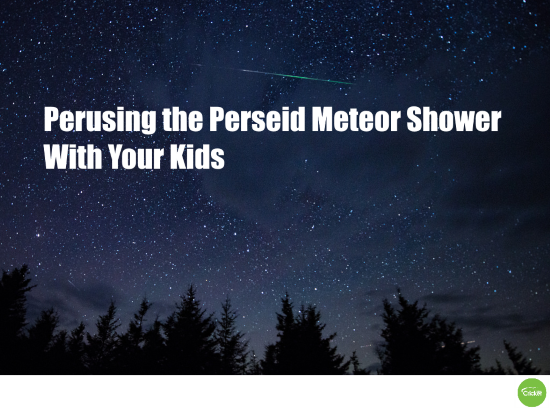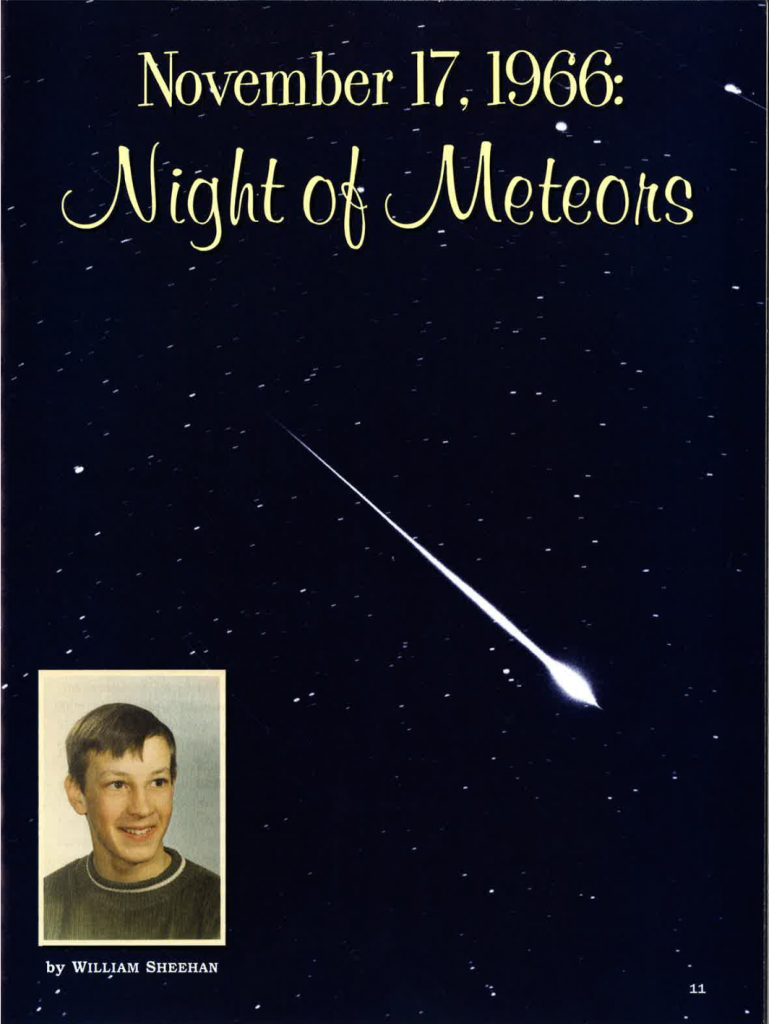Every year about this time, we residents of the planet Earth get a visit from the Perseid Meteor Shower, a light up the sky event caused when the pieces of comet debris from a comet named Swift-Tuttle heat up and burn out (at a rate of 37 miles per second!) as they enter the Earth’s atmosphere.
This year, however, the sky show is predicted to be better than ever with double the amount of meteors visible in the night sky. That’s why science geeks everywhere are encouraging people of all ages to get outside in the predawn hours and discover the wonderful world of space. To help you prepare for your late-night excursion, here is a roundup of articles from around the web about how and where to get the best view.
- com: Space.com staff writer Sarah Lewin suggests getting away from the light to a place where you can take in as much sky as possible. It takes a while for your eyes to adjust fully to the dark so make sure you leave plenty of time for your late night excursion.
- gov: Too lazy to go outside in the middle of the night? Or maybe your sky is overcast tonight? No worries, NASA will be providing a live broadcast of the Perseid meteor shower overnight on August 11-12 and August 12-13, beginning at 10pm EDT.
- Bill Nye the Science Guy: Want a plain-spoken way to get a background of what you are looking at when you gaze up to the sky? Bill Nye is here to help. Check out his video about comets and meteors before you head out to your viewing site.
- Finally, since it is also Throwback Thursday, I’m going to throw you back 17 years with the article below, which originally appeared in the October 1999 issue of Odyssey magazine. This article will give your emerging space enthusiasts some history of how comets and meteors were discovered as well as some kid-friendly language about what comets and meteors are. If your child enjoys this article, you can support his/her love of science by subscribing to one of Cricket Media’s discovery magazines, including MUSE, the science and arts magazine for kids 9 to 14 that’s spot on with the facts and off the wall with the jokes or ASK, the perfect choice for curious kids ages 6 to 9.
November 17, 1966: Night of Meteors
by William Sheehan
If you do head outside and take some pictures, we’d love to see them. Be sure to use the hashtag #cricketmedia to share photos of your sky watching party. We won’t even laugh at how messy everyone’s hair is.




